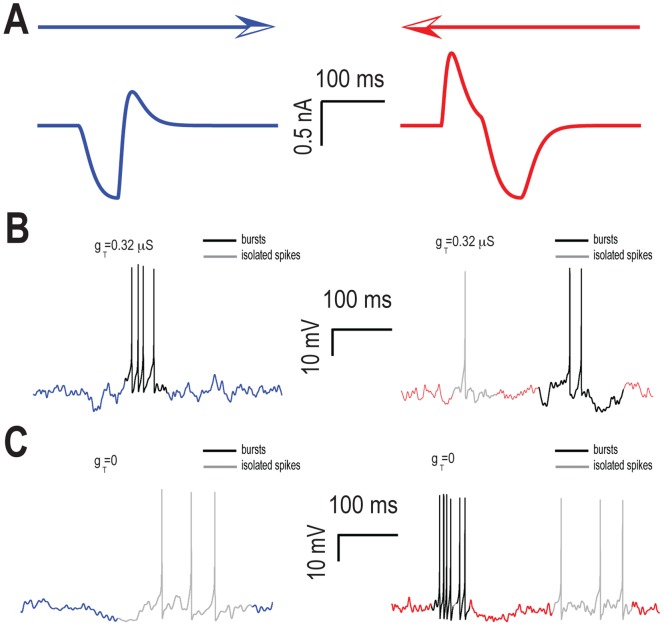Figure 4. T-type calcium channels promote burst and isolated spike firing when the object moves in opposite directions.
A) Summed input currents from both zones when the object moves from left to right (blue) and from right to left (red) for τON = 5 msec, τOFF = 500 msec. B) Example membrane potential traces when the object moves from left to right (left) and from right to left (right) with the T-type calcium conductance. The response consisted of bursts (black) when the object moved from left to right and of bursts (black) and isolated spikes (gray) when the object moved from right to left. C) Example membrane potential traces when the object moves from left to right (blue) and from right to left (red) without the calcium conductance. The response consisted of isolated spikes (gray) when the object moved from left to right and of bursts (black) and isolated spikes (gray) when the object moved from right to left.

